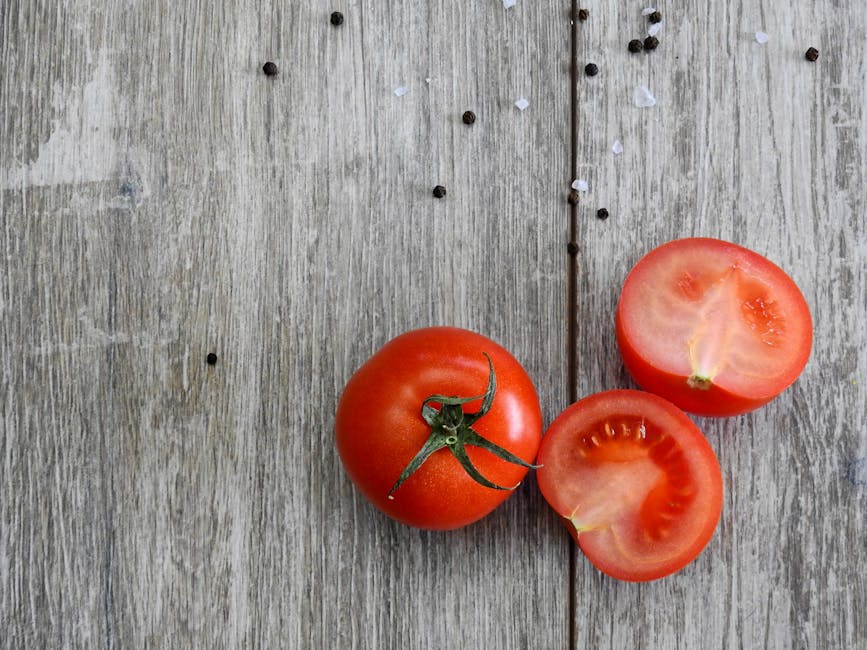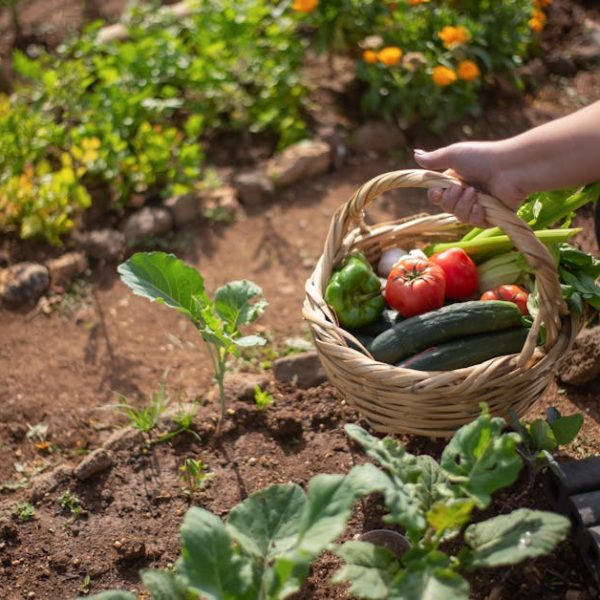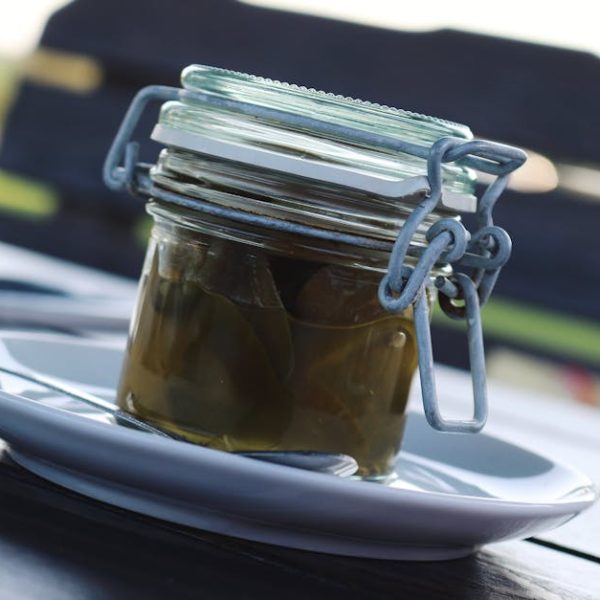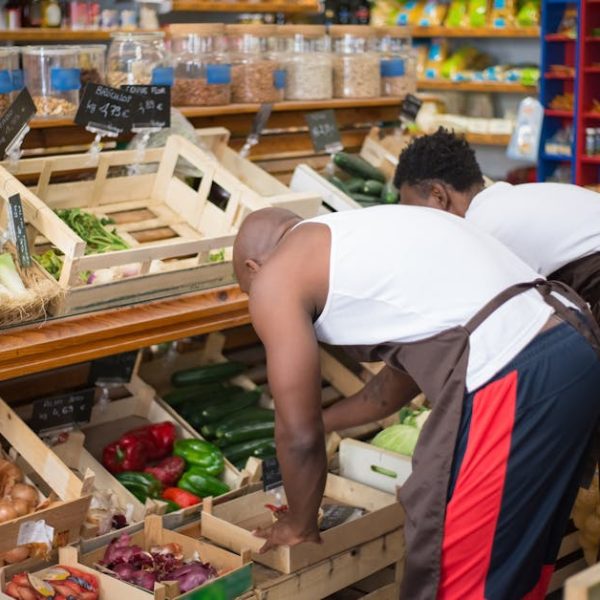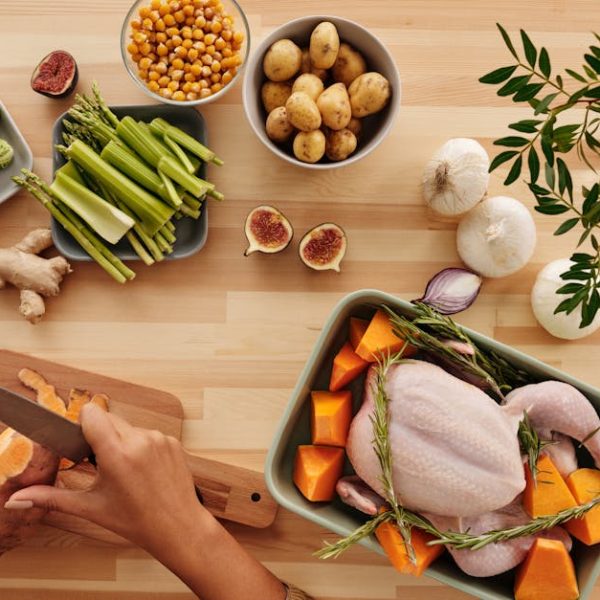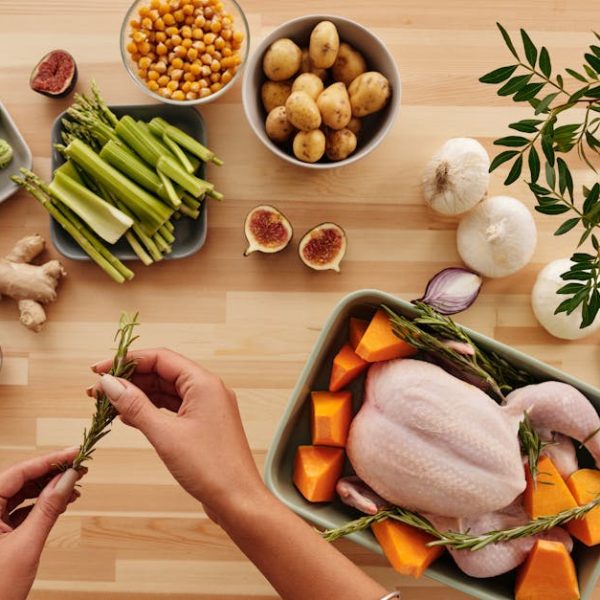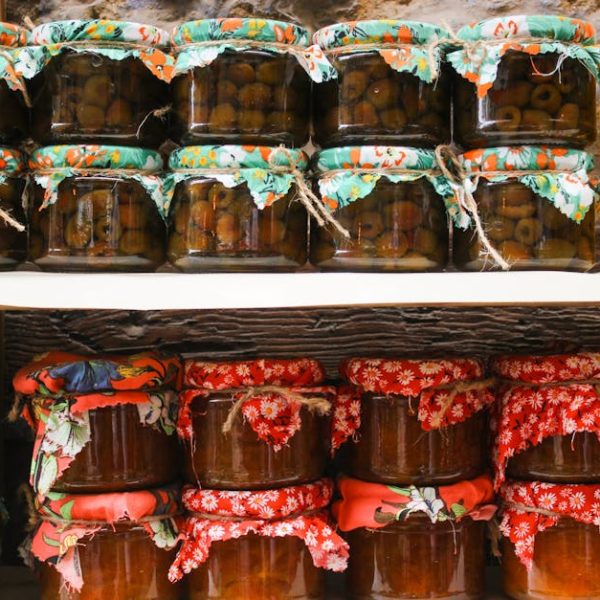In the world of home preserving, tomatoes often take the center stage. With their vibrant colors, refreshing tastes, and essential nutrients, tomatoes make for an ideal candidate for canning. By preserving tomatoes through canning, you can savour that fresh, homegrown flavour year-round. There are several methods to can tomatoes, each with their distinct advantages and drawbacks. In this guide, you’ll explore three unique canning methods: Traditional Water Bath Canning, Pressure Canning, and Dry Canning. Each with their nuances in the process and resulting flavours, make a choice based on your kitchen needs and tomato preference.
Traditional Water Bath Canning
This is possibly the most known method to many people but let’s dive into a bit of detail. Traditional water bath canning is perfect for high-acid foods such as tomatoes. This method involves immersing food-filled jars completely in boiling water and heating them for a certain amount of time to kill any harmful bacteria.
- Step 1: Choose ripe, blemish-free tomatoes for optimal flavour.
- Step 2: Sterilize jars and lids.
- Step 3: Fill jars with tomatoes, leaving a safe headspace.
- Step 4: Submerge jars in a large pot of boiling water.
- Step 5: Process jars for a specified time.
- Step 6: Remove jars to cool and ensure seals are tight.
You can use the best flavor-keeping tip here by adding a splash of lemon juice to each jar before sealing. The acidity will work as a preserving agent and keep the tomatoes tasting fresh longer.
Pressure Canning
Unlike water bath canning, pressure canning utilizes both heat and pressure to preserve food. It’s a preferred method for low-acid foods but works equally well for tomatoes. Let’s start on the checklist you need to pressure can tomatoes.
- A pressure canner
- Canning jars and lids
- Jar lifters
- Ripe tomatoes
- Lemon juice
Pressure canning prolongs the shelf life of canned tomatoes more than water bath canning does, but it does require some special equipment. It also works best with less acidic varieties of tomatoes, as the higher temperatures reached during pressure canning can safely preserve these types.
Dry Canning
If you’re looking for an approach that requires less equipment, dry canning could be your answer. Also known as oven canning, this method bypasses the use of liquids and vacuum seals the food instead.
Dry canning involves baking the jars of food in a low-temperature oven for a specific period, then allowing them to cool down gradually. It works great with dehydrated tomatoes and gives them a rich, concentrated flavor that’s quite distinctive.
Here are the steps to dry can tomatoes:
- Step 1: Preheat your oven to a low setting, usually no more than 200 degrees Fahrenheit.
- Step 2: Arrange ripe, sliced, and dehydrated tomatoes on a baking dish.
- Step 3: Place the dish in the oven for the specified time.
- Step 4: Pack dried tomatoes in sterilized jars, leaving a small headspace.
- Step 5: Seal jars and let them cool.
Although this method is straightforward, it requires a careful approach. The jars must be monitored closely during the oven heating phase to prevent breakage or over-drying of the tomatoes.
Canning Tomato-Based Recipes
Can’t resist that irresistible tomato soup or homemade marinara sauce? Canning these recipes allows you to enjoy your favorite tastes even when tomatoes are out of season. Let’s delve into the process:
- Step 1: Make sure you have a recipe that’s tried, tested, and ideal for canning.
- Step 2: Prepare the recipe as you would normally.
- Step 3: Sterilize jars and lids.
- Step 4: Fill the jars with your tomato-based recipe, leaving appropriate headspace.
- Step 5: Follow the recommended canning method, either water bath or pressure canning.
> Pro tip: For optimal taste, it’s crucial to seal freshly made dishes promptly. Long standing time may alter the flavor and pH of your recipe, influencing both safety and quality.
Frequently Asked Questions About Tomato Canning
- When is the best time to can tomatoes? Tomato season! Late summer and early fall when tomatoes are plentiful, and prices are at their lowest. This way, you get the freshest produce at the best price.
- How long do canned tomatoes last? If properly canned and stored, canned tomatoes are safe to consume for 12-18 months. Beyond this, the quality and nutritional value may begin to decline.
- Can I use any type of tomato for canning? Yes, all types of tomatoes can be canned. However, some varieties such as Roma or San Marzano are favored for their thick flesh and fewer seeds.
- Is pressure canning safe? Yes, if done correctly. Strictly follow safety guidelines and ensure your pressure canner is in good working condition.
> Remember, your home-canned products will be as good as how you store them. For best quality, store canned goods in a cool, dark place and rotate your stock. Always inspect the jar before consuming and discard if you notice any signs of spoilage.
Comparison Table: Water Bath vs. Pressure Canning vs. Dry Canning
The following HTML table highlights the differences:
“`
| Method | Advantages | Disadvantages |
|---|---|---|
| Water Bath Canning | Suitable for high-acid foods, simple process, and does not require special equipment | Not suitable for low-acid foods, shorter shelf life |
| Pressure Canning | Works well with all types of food, longer shelf life | Requires special equipment (pressure canner), needs more care while processing |
| Dry Canning | Less equipment required, distinctive flavor in preserved food | Not suitable for all types of food, the safety of the method is still under debate by some experts |
“`
Ultimately, the method you choose depends on what you want out of your canning project and your own comfort level with each process. Happy canning!
Key Takeaway:
- The traditional water bath canning method, well known and ideal for high-acid foods like tomatoes. Ensure jars are sealed tight for best results.
- Pressure canning utilizes both heat and pressure for preserving food. It suits well for low-acid foods and tomatoes equal, creating a longer shelf life but requiring special equipment.
- The dry canning method, or oven canning, avoids liquids and vacuum seals the food. It’s great for dehydrated tomatoes, offering a unique flavor but requiring close observation during the oven phase to avoid over-drying.
- Canning homemade tomato-based recipes allows you to enjoy your favourite tomato flavours all year around.
The joy of home canning is being able to taste summer’s bounty even in the heart of winter. Whichever canning methods you prefer, always remember safety and quality are paramount. Don’t be afraid to experiment until you find what works best for you and your palate. Happy canning!
FAQs
Q: Is it safe to reuse lids and bands when re-canning?
A: While you can reuse bands, lids should not be reused for canning. The processing and sealing could degrade the liner, affecting its effectiveness in creating a proper seal for future uses.
Q: Why are my canned tomatoes not as vibrant in colour?
A: Don’t worry, discolouration may occur due to oxidation or a chemical change caused by cooking. It does not always mean the food is unsafe to eat. However, if you are concerned, always safest to throw it out.
Q: Can I can overripe tomatoes?
A: Overripe tomatoes can affect the quality of the canned product. It’s always best to use ripe, blemish-free tomatoes for optimum flavour and texture.
Q: Do canned tomatoes lose nutritional value?
A: While canning may cause a slight decrease in certain vitamins, most nutrients remain. In fact, canning can enhance lycopene, a powerful antioxidant found in tomatoes.
Q: Does pressure canning make the tomatoes mushy?
A: While pressure canning uses high heat, which can soften tomatoes, it doesn’t necessarily make them mushy. Ensuring the jars aren’t too packed and that you’ve processed them for the correct amount of time can help maintain their firmness.
Don’t let your questions on canning remain unanswered! Share this article and explore more of our posts for additional canning insights and ideas.
